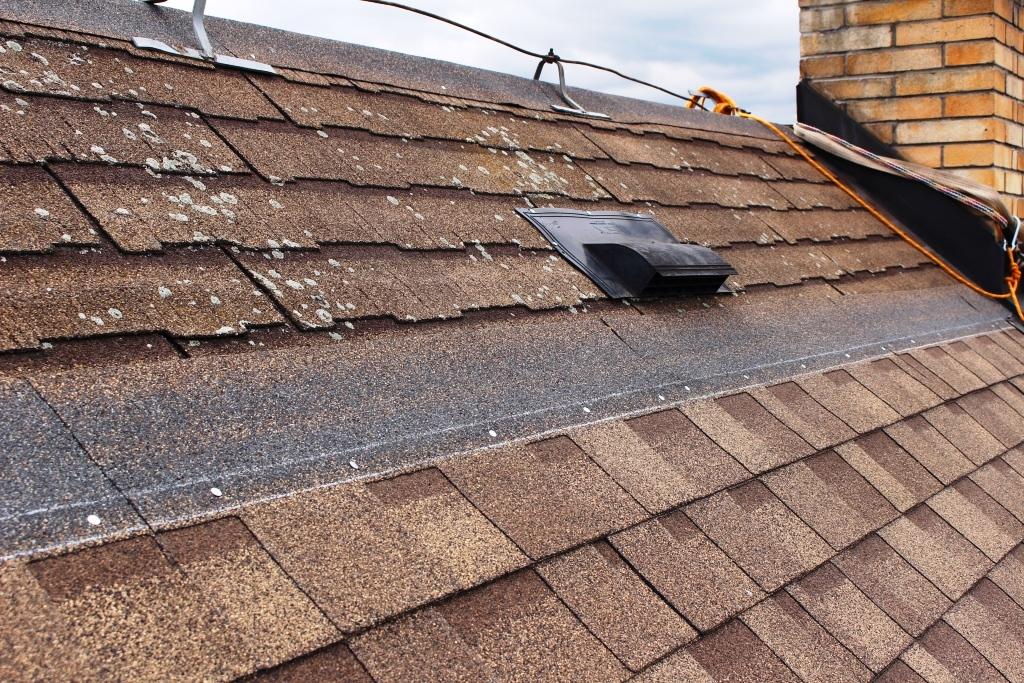When it’s time to replace a roof, homeowners are often faced with the decision of whether to remove the existing shingles or opt for a roof-over installation. Roofing over existing shingles, also known as a layover or re-roofing, involves installing new shingles directly over the old ones. While this method can offer certain benefits, it also comes with potential drawbacks. In this article, we will explore the pros and cons of roofing over existing shingles to help homeowners make an informed decision about the best approach for their roofing project.

Pros of Roofing Over Existing Shingles
Cost-Effective Option
One of the primary advantages of roofing over existing shingles is cost savings. Removing the old shingles can be labor-intensive and time-consuming, resulting in higher labor costs. By opting for a layover installation, homeowners can reduce the expenses associated with labor and disposal of old shingles.
Faster Installation
Roofing over existing shingles typically requires less time and effort compared to a complete tear-off. The new shingles can be installed directly over the old ones, accelerating the installation process. This can be especially beneficial for homeowners who need a quick roofing solution.
Additional Insulation
The double layer of shingles can provide added insulation to the roof. This extra layer can help improve energy efficiency, keeping the interior of the house cooler in the summer and warmer in the winter.
Cons of Roofing Over Existing Shingles
Reduced Roof Lifespan
Roofing over existing shingles may lead to a shortened lifespan for the new roof. The underlying old shingles may trap heat, causing the new shingles to deteriorate faster. Additionally, any pre-existing issues with the old shingles, such as curling or rot, can transfer to the new layer and compromise the roof’s longevity.
Weight Considerations
Layering new shingles over old ones adds significant weight to the roof. While building codes typically allow for two layers of shingles, adding more layers may exceed the roof’s weight-bearing capacity. This can lead to structural problems and potential sagging of the roof.
Concealed Roofing Issues
Roofing over existing shingles can hide underlying problems, such as water damage or leaks. Without addressing these issues during a tear-off, homeowners may be unaware of potential structural damage until it becomes more severe and costly to repair.
Is Roofing Over Existing Shingles the Right Choice?
To determine whether roofing over existing shingles is the right choice for your home, consider the following factors:
- Roof Condition: If the existing shingles are in relatively good condition, without significant damage or curling, a layover installation may be a viable option.
- Building Codes: Check local building codes to ensure that roofing over existing shingles is allowed in your area. Some regions have restrictions on the number of shingle layers permitted.
- Long-Term Goals: Consider your long-term goals for the property. If you plan to stay in the home for many years, a tear-off installation may offer better durability and peace of mind.
Conclusion
Roofing over existing shingles can be a cost-effective and time-saving option for homeowners. It provides additional insulation and can be a viable choice if the existing shingles are in good condition. However, it is essential to weigh the pros and cons carefully and consider the long-term implications of this installation method. In some cases, a complete tear-off and replacement may be the best way to ensure the structural integrity and longevity of your new roof. Consult with a professional roofing contractor to evaluate your roof’s condition and determine the most suitable approach for your roofing project.



Leave a Reply